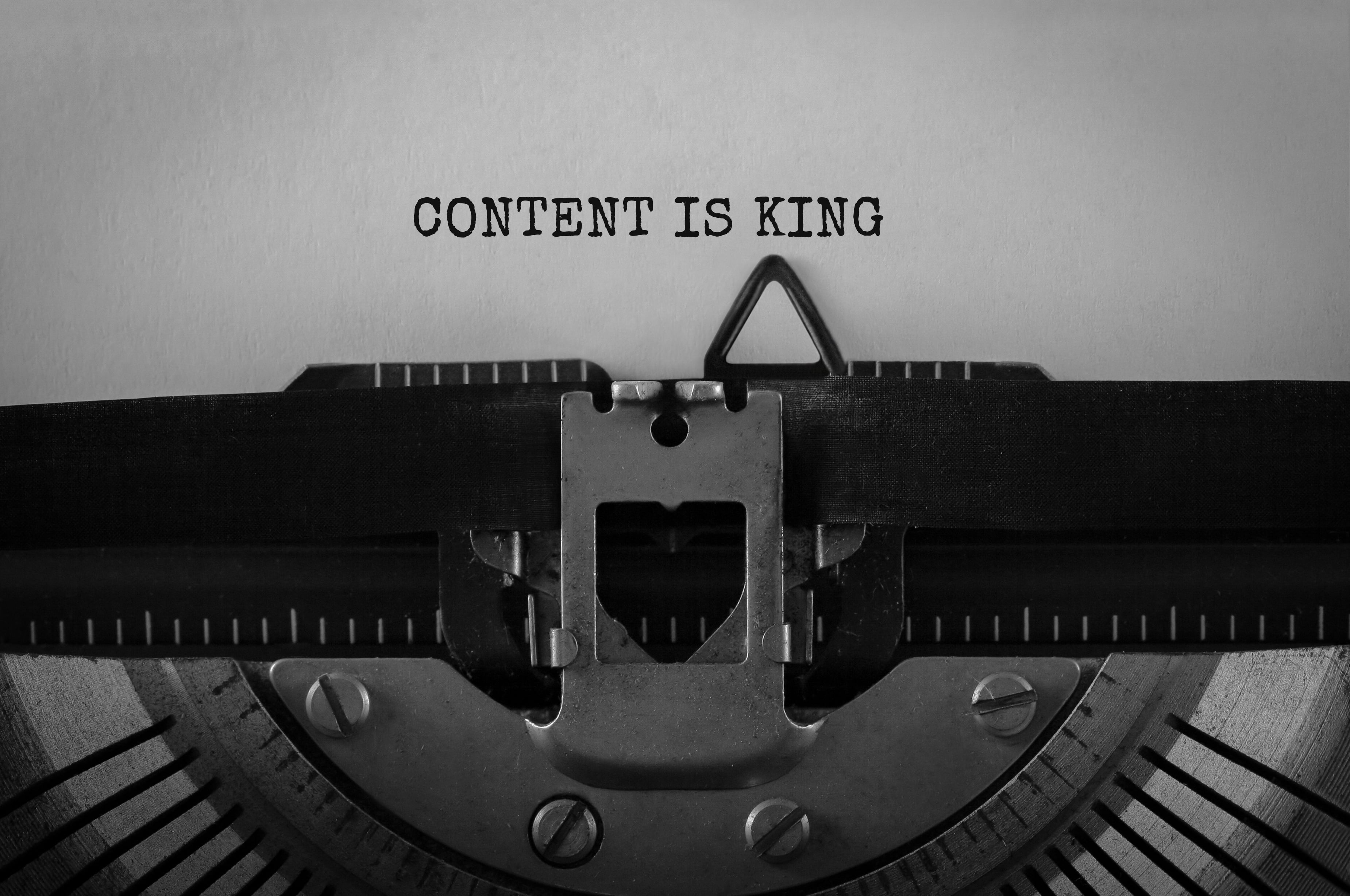The way in which digital signage and the screen publishing market has evolved over the last ten years is astonishing.
The highly connected digital screens currently in use are a far cry from the the VHS powered boxes that were a common sight throughout the 80s and 90s. Though much has changed, one thing has remained the same. When it comes to digital signage, content is king. Here's some useful advice you need to consider when creating content for your digital signage.
Think Like Your Audience
In a world of constant digital noise and distraction, attention spans are shrinking. In fact, a recent consumer study by Microsoft found that the average human now has a shorter attention span than goldfish! The takeaway here is that if your content is not worth consumer's valuable and increasingly diminishing time, they will simply pass it by.
The key to capturing the attention of your target market is to understand them inside out. Companies need to ask themselves, ”Who is it we are trying to reach with this content? What do we know about them, their needs and desires?"
Truly cultivating your ideal target consumer is the first step to creating engaging content that triggers consumer interest and makes people pay attention.
Placement and Programming
Your content should complement the physical location and application of its respective digital signage solution.
A screen placed in a location with a 3 minute wait time should not display a 5 minute segment of content. Similarly, digital displays in train stations, which are full of busy travellers rushing through, shouldn't feature content that takes a long time to digest. It's important to take into consideration the physical placement of your digital signage before you design your content.
Great digital signage software will give you the ability to tailor content via playlists and adjust your content based on things such as weather and time of day. If your digital signage is located somewhere where the weather is warm, for example, you could advertise your T-shirts. If it's always raining where your displays are positioned, maybe you'd be better off promoting your range of umbrellas?
Investing in a digital signage solution that allows you to automate your content with a few clicks is a crucial step to ensuring your displays are always showing relevant content at the right time.
Digital displays are just blank screens without great content, check out our 8 best practices for designing content that captivates.
Balancing Act
Far too many brands use screen publishing and digital signage to just sell, sell, sell. That’s a worthy and fruitful objective, but too much promotional content can negatively impact customer engagement.
Imagine if the only content you saw on TV was commercials. How long would it take before you’d throw the whole set out the window?
To avoid this, think about using storytelling techniques to create content that not only promotes your brand but also inspires and triggers an emotional response for your audience. If you're an outdoor clothing company, for example, your content could depict young, adventurous friends exploring the great outdoors and enjoying nature.
Using digital signage to inform consumers about promotions and discounts can be really effective in the right context. But remember, it's a balancing act.
Conclusion
The allure of a new technology like digital signage can easily overshadow the need for an agile content strategy. However, in order to leverage screen publishing and digital signage effectively, it needs to be used like any other marketing tool — with an objective-based content program designed to help brands meet their goals.
By lending a little time and attention upfront to the development of a smart screen publishing content strategy, brands can create a solid foundation for delivering strong and inspiring messaging that creates greater demand while achieving an even broader range of objectives.
In order to succeed using the digital signage approach, a good content strategy is extremely important.
Jonathan Perelman from Buzzfeed said it best:
"Content is king, but distribution is queen and she wears the pants"







.png)